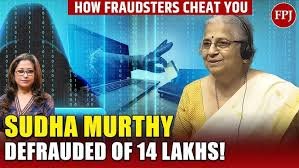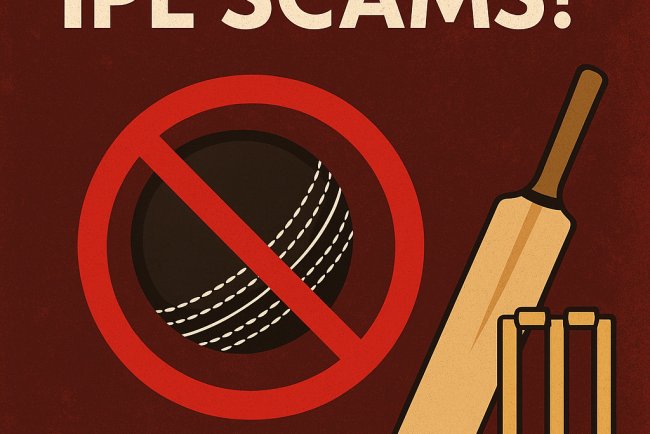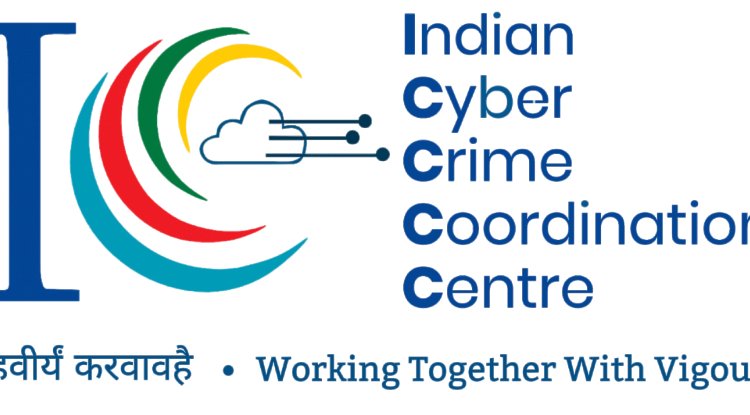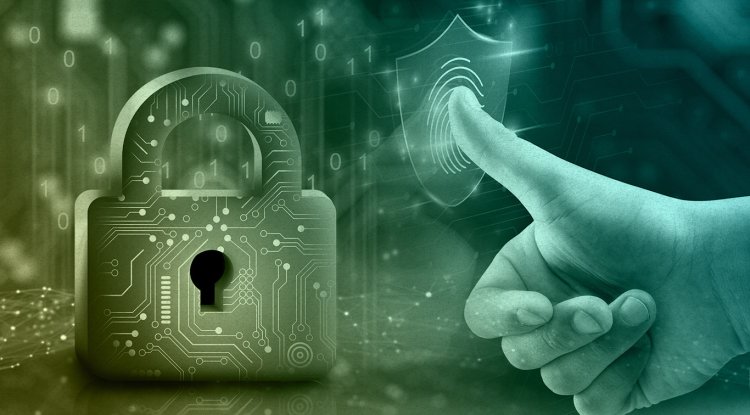When Scammers Don a Government Uniform: The Sudha Murty Cyber Fraud Case: What happened and what it all means to us
Philanthropist and Rajya Sabha MP Sudha Murty was targeted in a cyber fraud by a scammer posing as a DoT officer. Explore how the scam unfolded, India’s legal framework against such crimes, and preventive measures to stay safe online.
The rise of cyber incidents is increasing day by day and leaves no one, whether it’s a common man or a politician, One such incident took place on September 5, 2025, when Rajya Sabha MP, author, and philanthropist Sudha Murty was targeted by a sophisticated cyber scam. The Cyber crook, posing as an officer of the Department of Telecommunications (DOT), the scammer alleged that Mrs Murty's number was used to share and circulate obscene videos and was threatened to cut off her services by 12 noon if she did not cooperate.
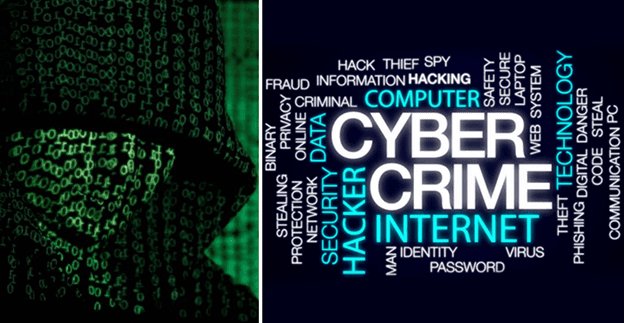
Agitated by the call, Mrs Murty used Truecaller to confirm the ID, which misled her and showed “Telecom Department”. After a lot of insistence, she refused to share any information and later complained to Bengaluru’s Cyber Crime Police, and an FIR was registered under the IT Act. These incidents highlight two things: one, the cybercrimes are evolving in sophistication, and second, are these apps reliable?
Decoding the Scam: How it Works
The matter is still under investigation, and the publicly known facts fall into the categories of frauds often referred to as “digital arrest scam” and impersonation-based frauds. Though these frauds are synonymous with each other, here are a few facts to decode them.
- The Fraudsters claim to represent a government official or agency to gain legitimate trust and instil fear.
- They present a plausible-sounding violation (e.g. “your number is circulating obscene content,” “not linked to Aadhaar,” etc.).
- They threatened the victim that if they do not cooperate will have to face consequences.
- Use of caller ID spoofing or number-masking so that the number appears as “Telecom Dept” or a credible government line.
The rise of this trend has not only highlighted the fact that people are getting more dependent on technology and electronic gadgets. The scammers take advantage of this and are using spoofing tools, fake caller IDs, and SIM box operations. Number masking makes it really easy to imitate government numbers. It has been observed that, despite so many initiatives taken by the government, there is still low reporting.
- Legal Implications: Information Technology (IT) Act, 2000
This is India’s primary law against cybercrime. Fraud, impersonation, identity theft, and misuse of computers are addressed in various sections.
Some relevant provisions include:
- Section 66C: Punishment for identity theft (fraudulently or dishonestly using someone else’s electronic signature, password, etc.)
- . Section 66D: Punishment for cheating by personation by using a computer resource or communication device (i.e. impersonation via calls / digital means). Other sections: depending on facts, sections for hacking, data tampering, and misusing telecommunication identifiers may also apply.
- Bharatiya Nyaya Sanhita, 2023
Although not specifically designed for cybercrime, some sections may overlap:
- BNS Section 318 – Cheating by personation
- BNS Section 316 – Cheating and dishonestly inducing delivery of property
- BNS Section 336 – Forgery
- BNS Section 337 – Forgery of electronic records
- BNS Section 308 – Extortion
- BNS Section 309 – Punishment for extortion
- BNS Section 351 – Criminal intimidation
- BNS Section 352 – Punishment for criminal intimidation
- Telecom / Regulatory Laws
The DoT has rules around spoofing or misuse of telecom identifiers. For instance, under regulatory provisions, acquiring or using telecom identifiers (numbers, IDs) fraudulently or deceptively is penalised.
- Emerging & Data Privacy Laws
Digital Personal Data Protection (DPDP) Act, 2023, is intended to govern the processing of personal data in digital form when enacted. This is a case of fraud and impersonation rather than misuse of data per se, but there are some parallels in the collection, use, and safeguarding of personal data.
b) Legal Penalties & Consequences
• Convictions under Section 66D can lead to imprisonment and fines.
• Section 66C identity theft also has punishment.
• IPC sections (such as 420) attract imprisonment for up to 7 years (and more in cases of aggravation) along with a fine. Regulatory penalties: abuse of telecom identifiers may attract telecom regulatory penalties or DoT action.
What the Sudha Murty Case Tells Us (Lessons)
- Listed individuals are not immune, even cautious ones — scammers will push the limits and sophistication.
- Caller-ID is not infallible — False or spoofed names can deceive.
- Don't panic, check — The fraud succeeded based on creating urgency and fear. It is better to slow down.
- Report in time — Early FIR/complaint assists in tracing logs, records, and possibly prevention.
- Strengthen legal and regulatory steps: Police require funds and training, and the state requires evolving its laws regularly.
It is critical to actively promote public awareness and computer literacy to safeguard citizens from such scams.
Call to Action
The Sudha Murty tragedy is an alarm and not merely high-profile news. Cyberthieves are becoming more brazen, shrewd, and sophisticated in their capacity to assume authoritative personas. As individuals, we must wake up. As a society, we need to demand effective enforcement, robust victim assistance, and sterner legal deterrents.
If you aim to put this on your blog, use the latest data as investigations continue.
Make readers spread the word to create awareness by providing links to resources about reporting cybercrime, e.g., the National Cyber Crime Reporting Portal.
Follow cyberdeepakyadav.com on
Facebook, Twitter, LinkedIn, Instagram, and YouTube
What's Your Reaction?







